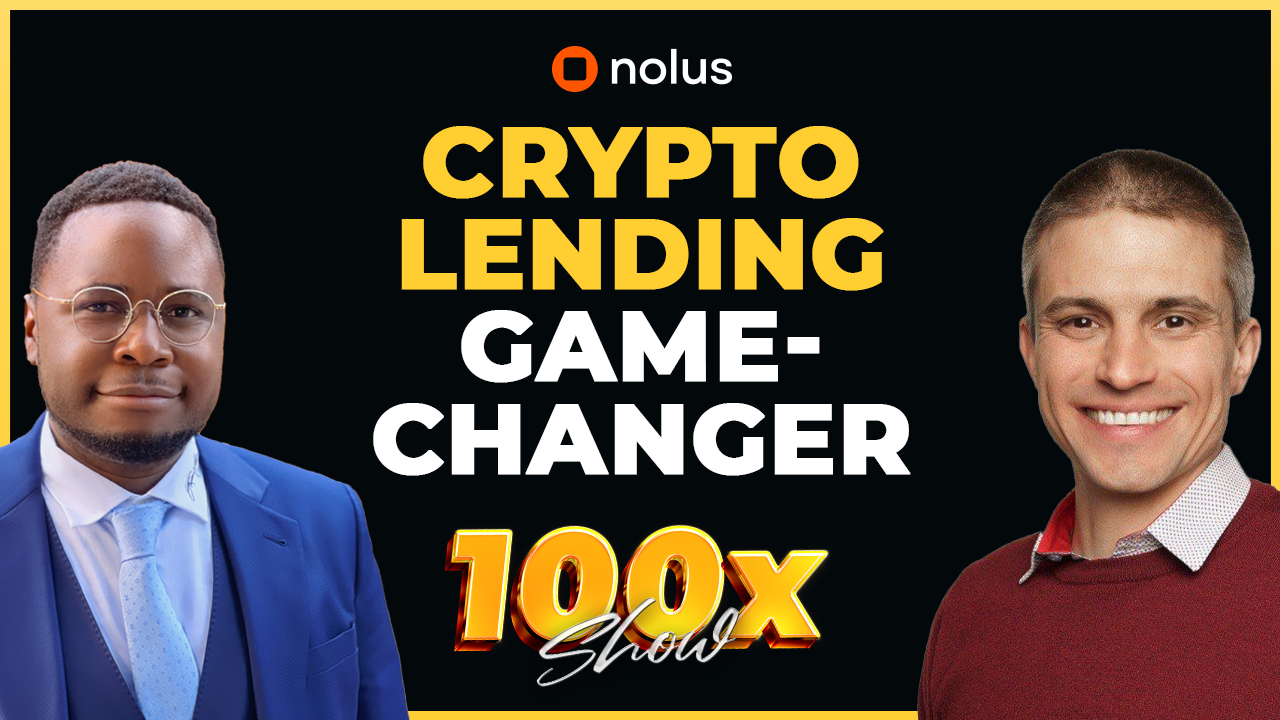In June, a collective of digital artists, NFT collectors, and DeFi users known as PleasrDAO purchased an NFT original image of the Shiba Inu of Dogecoin fame for $4 million. Earlier this month, they fractionalized the image using software at Fractional.art. PleasrDAO minted nearly 17 billion, or 16,696,696,969 DOG tokens to be exact, because it was only fitting to do so. 20% of DOG tokens were sold at auction and sold out in 24 hours. At its peak price of just over $0.04, DOG had a market cap of over $175 million and at current prices it holds a market cap of nearly $50 million. The fully diluted market cap value currently sits at just under $200 million. Should these valuations concern NFT investors? Is mania setting in?
While these valuations may seem unsettling, especially to those who still don’t understand the allure of the famed Japanese Shiba Inu named “Kabosu”, market history tells us that there are only a few constants in crypto, and for whatever reason, that dog is one of them. The community’s love for that damned Shiba Inu leads me to believe that DOG could serve as an adequate store of value over time. If you are interested in purchasing DOG, do be wary of the fact that 20% of the supply was sold at auction, with another 25% being given to the community and for continued development, and the final 55% controlled by the DAO. This gives the fully diluted value a 4x multiple over the circulating market cap. While DOG has a strong case to make it out of the NFT craze we’re seeing, many projects will get crushed once the music stops. At Token Metrics, we’ve noticed some behavior that may be indicative of mania, including potentially corrupt behavior and bad investing practices. When it comes to NFT investing, make sure to listen to our team in order to find quality projects. You want to hold an NFT that has holding incentives, like access to a community or special rewards for holders. Tools like Nansen and Token Metrics can be useful in tracking the NFT market to learn what NFTs the smart money is accumulating and when the smart money starts selling. The NFT market is hot and it appears that this trend will continue in the short term. With current NFT weekly trading volume near $250 million we are still around a 75% discount of the market’s all-time high volume of over $1 billion. We expect the mania will continue until we hit at least that $1 billion volume threshold barring a calamity in equities. But volume is just one signal of a healthy market. NFTs are still largely untested and we almost always learn more about asset classes during and after crashes than we do during bull runs. The introduction of NFT-backed loans in DeFi is a risky addition to the crypto space and our very own Bill Noble has even said the practice brings back flashbacks of mortgage-backed securities a la the 2008 financial crisis. NFTs are still too nascent an asset class to serve as collateral for lending. Extreme volatility in both DeFi and NFTs makes NFT-backed loans one of the riskiest borrowing practices possible. A downturn in the NFT market could cause borrowers to default on loans which would in turn cause a melt-up in DeFi and a greater market crash. Fine art can be used as collateral for loans in traditional markets, but the practice has matured through decades of trial and error, and traditional art markets have nowhere near the volatility of the NFT market. The questionable behavior doesn’t stop there, the recent news of insider trading at OpenSea, the world’s largest marketplace for NFTs, brings additional cause for concern. Nate Chastain, former head of product at OpenSea, was caught purchasing NFTs before they hit the homepage of the marketplace. He would use the insider information of knowing what NFTs would be on the homepage to purchase the NFTs beforehand and sell them once interactions spiked from being featured on OpenSea. Chastain was caught because the CryptoPunk used as his Twitter profile is contained in the same wallet he used to game the system. In case anyone needed a reminder of how emergent and unregulated this space is, there are not yet any laws in place that Chastain could be charged with, nor were there employee guidelines in place at OpenSea to prevent this behavior at the time of news spreading. After this incident OpenSea co-founder, Devin Finzer, released a statement saying company policy now forbids using confidential information to purchase or sell collectibles, among other restrictions on trading NFTs. The behavior of Nate Chastain is just further proof that there will always be attempts to game the system; this is true both within crypto and outside of crypto.
It is impossible to know what will happen with NFTs and it’s even more difficult to know when it will happen. We know that there are great technologies and concepts out there waiting to be found, but we also know there’s plenty of junk to sift through before finding those diamonds in the rough. That’s where Token Metrics comes in. Our goal is to help you find DOG and lock in your return before the correction occurs. While we see warning signs of behavior that could cause problems down the road, the market continues to show signs of strength. That doesn’t mean you should discount the potential risks associated with NFT-backed borrowing and bad actors in the market. Ride the hype, but tread carefully.




